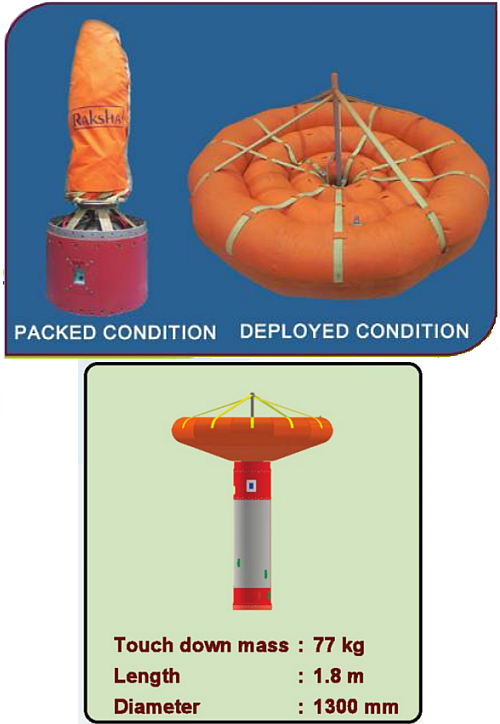India successfully launches its SSLV rocket on 2nd attempt
On its second launch attempt tonight, India’s SSLV rocket (Small Satellite Launch Vehicle) successfully reached orbit and deployed all three of its smallsat payloads.
On the first launch attempt in August 2022, the engine on the fourth stage, used to put the satellites in their preferred orbits, shut down prematurely due to a failure of its guidance system. Today, all worked as planned.
The hope of India’s space agency ISRO is that this rocket can garner some of the growing smallsat business. That it is three years delayed because of ISRO’s panic over Wuhan makes fulfilling that hope more difficult, because so much of that business has now been grabbed by other companies.
The 2023 launch race:
9 SpaceX
5 China
2 Russia
1 Rocket Lab
1 Japan
1 India
American private enterprise still leads China 10 to 5 in the national rankings, and the entire world combined 10 to 9.
On its second launch attempt tonight, India’s SSLV rocket (Small Satellite Launch Vehicle) successfully reached orbit and deployed all three of its smallsat payloads.
On the first launch attempt in August 2022, the engine on the fourth stage, used to put the satellites in their preferred orbits, shut down prematurely due to a failure of its guidance system. Today, all worked as planned.
The hope of India’s space agency ISRO is that this rocket can garner some of the growing smallsat business. That it is three years delayed because of ISRO’s panic over Wuhan makes fulfilling that hope more difficult, because so much of that business has now been grabbed by other companies.
The 2023 launch race:
9 SpaceX
5 China
2 Russia
1 Rocket Lab
1 Japan
1 India
American private enterprise still leads China 10 to 5 in the national rankings, and the entire world combined 10 to 9.



